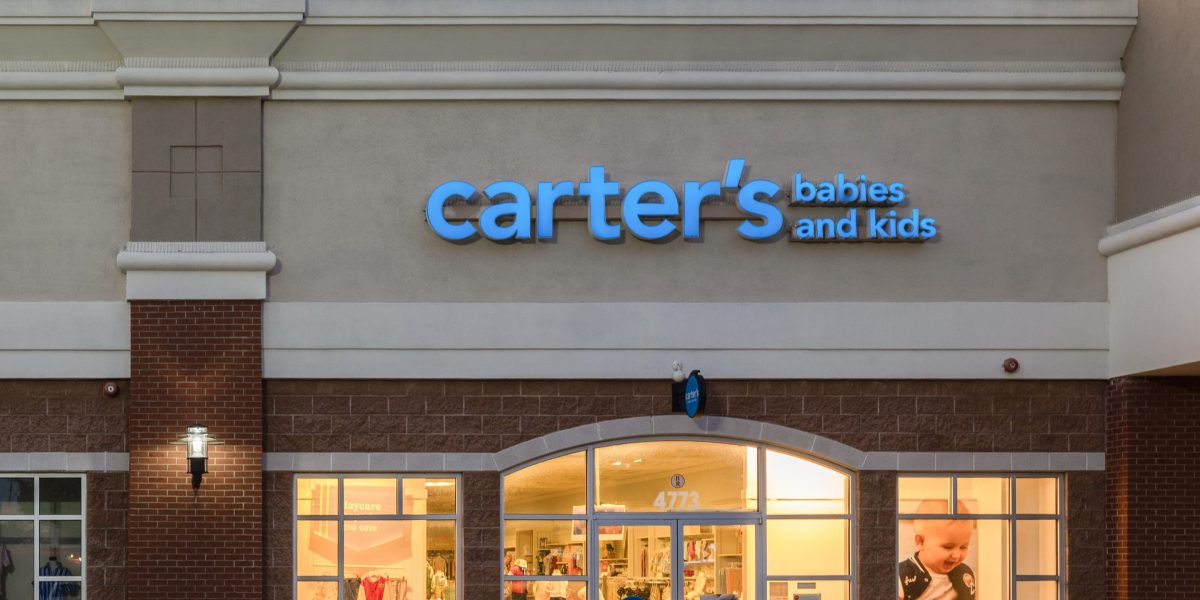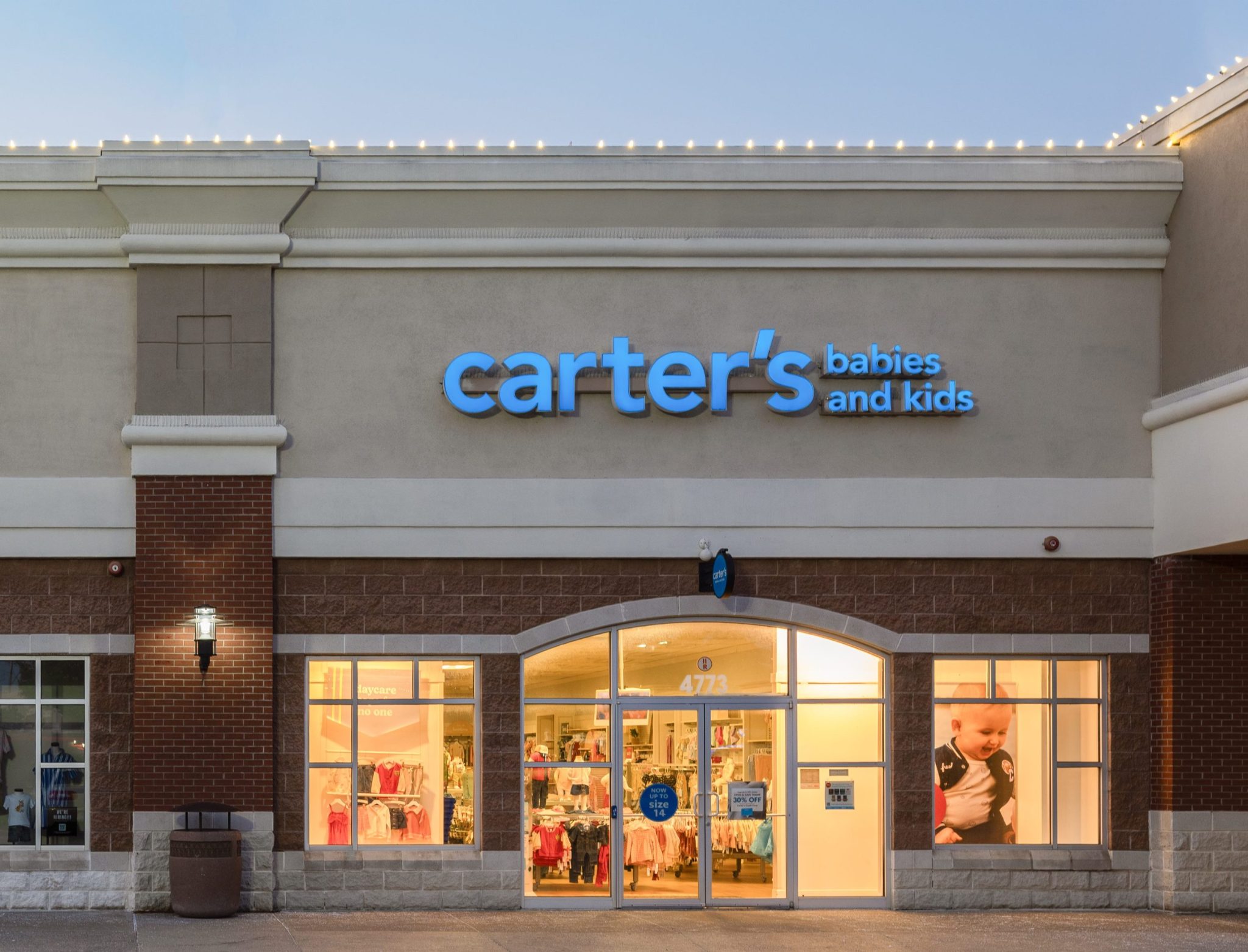Children’s clothing outlet Carter’s is ‘right-sizing’ by shuttering 150 locations because of high-cost tariffs and product investments


Children’s apparel outlet Carter’s is shuttering 150 locations across North America to help generate savings and improve profitability, citing higher costs from tariffs and investments in product to remain competitive.
The announcement came during the release of the company’s Q3 earnings, which showed net sales staying flat year over year and gross profit declining 4%.
To address this situation, CEO Douglas Palladini outlined a turnaround plan that includes “closing low-margin retail stores, right-sizing our organization, and honing product choices” in a company release.
CFO Richard Westenberger also provided shareholders with some context on how store closures could translate to improved operating income: The 150 stores on the chopping block generated a combined $110 million in revenue, he explained, and the company expects a 20% transfer rate to nearby Carter’s stores and its e-commerce channel.
In other words, that’s more revenue flowing through a footprint with lower fixed costs.
“So leveraging the fixed cost and the asset base that’s already in place—those tend to be pretty high margin flow-through,” he said.
Looking ahead, Westenberger said Carter’s may actually benefit from increasing costs in the year ahead, as the impact of tariffs is spread across the industry.
The macro assumption underpinning this idea is that “everyone in the industry is going to be raising their prices,” he said. “So we don’t believe we’re going to be an outlier.”
As a result, he added, “more will be driven by pricing in 2026 and less by units.”
If this plays out as Westenberger expects, it could mark a shift from the volume-driven strategies many retailers adopted in recent years to drive growth through unit sales rather than price hikes. It could also point toward another bout of inflation, which has so far has remained steady, even as tariffs have taken hold across the economy.
This report was originally published by Retail Brew.





